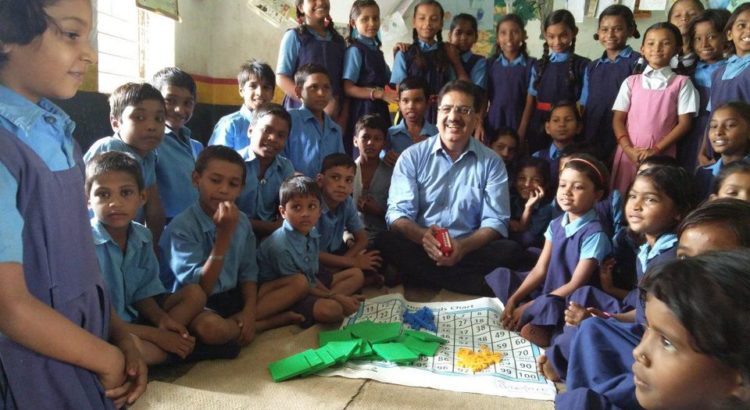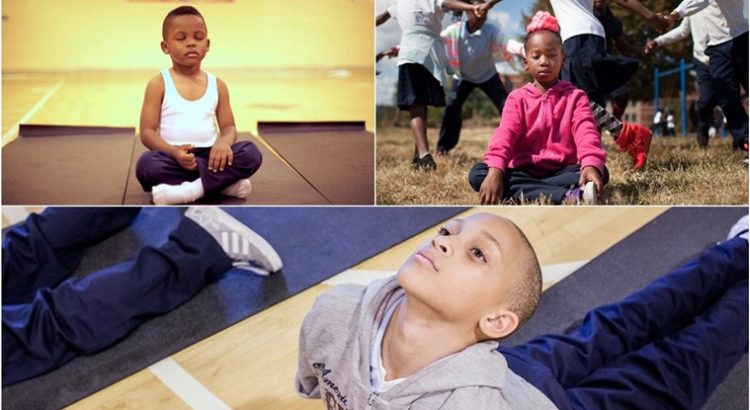Por: forbes.com/Laura Garnett
Since 2005, when he became president and later CEO of HCL Technologies, Vineet Nayar has led a remarkable turnaround that saw the company triple its revenues and income growth. He wrote about this in his book, Employees First, Customer Second. The value-based leadership simultaneously resulted in the company being ranked by Hewitt Associates as the Best Employer in India and by BusinessWeek among the top five most influential companies in the world.
Nayar is now trying to transform the education of India’s children. He’s taking on a huge goal, and I’ve always admired his focus on people. I wanted to sit down with him and talk about his current work with his own fund and figure out how he plans to transform education.
Laura Garnett: What is the problem that you’re trying to solve and what is your goal?
Vineet Nayar: In India, government-led primary school education systems suffer from a myriad of issues, not only preventing families from sending their children to these schools but also affecting the learning outcomes for those 144 million children who attend. Most children in grade 5 can’t do basic math or construct simple sentences in English.
Garnett: How did you come up with the Innovative ideas that you speak about?
Nayar: While many educational change initiatives are in-flight in India currently, we realized they have not been able to deliver impact because they are either sub scale or resource intensive, or they ignore the ground realities surrounding these kids. For example, you can’t just solve this problem by giving away iPads to children in an environment that lacks electricity.
We believe that for any long-lasting change to happen it has to be driven by practical and sustainable solutions that are frugal but at a large scale. Our area of investment and focus was on design thinking and coming up with frugal innovation ideas (low on resources, high on impact) and leveraging them to deliver a comprehensive, multi-fold improvement in learning outcomes that can be sustained.
This led to Sampark Smart Shala: a learning-outcome focused, frugal innovation-led initiative that uses audio technology, a voice mascot called “Sampark Didi,” toys, folklore, board games and teacher training modules combined with rigorous monitoring in collaboration with state governments.
Garnett: What allowed you to have these innovative ideas?
Nayar: Our design thinking was inspired by three ideas. The first came from an unlikely source: Bollywood! Going to a movie in an Indian village is an open-air three-hour deeply immersive experience of life enacted through dance, songs and dramatic scripts. We asked ourselves – could we bring that experience to the classroom too?
The second came from watching people in villages charge cell phones using their bicycles. Could this battery drive an audio device with a big speaker that could be used in a class? And the third inspiration came from Teaching Learning Materials (TLM’s). Students retain 70% of what is said in the first 10 minutes of class and only 20% of what is said in last 10 minutes. Adding visual aids and stories increases retention by 250% even in the last 10 minutes.
Garnett: How are these ideas making an impact on your goal?
Nayar: The results have been nothing short of magical – a 56% increase in learning outcomes measured through an independent assessment study. This is also now a case study at the Harvard Business School, showcasing how frugal innovation can create large scale social impact.
Garnett: How are you bringing people first customer second to your foundation and how does it operate?
*Fuente: https://www.forbes.com/sites/lauragarnett/2018/05/08/how-a-people-first-culture-is-transforming-education-in-india/#134b06435ef2









 Users Today : 106
Users Today : 106 Total Users : 35460012
Total Users : 35460012 Views Today : 155
Views Today : 155 Total views : 3418620
Total views : 3418620